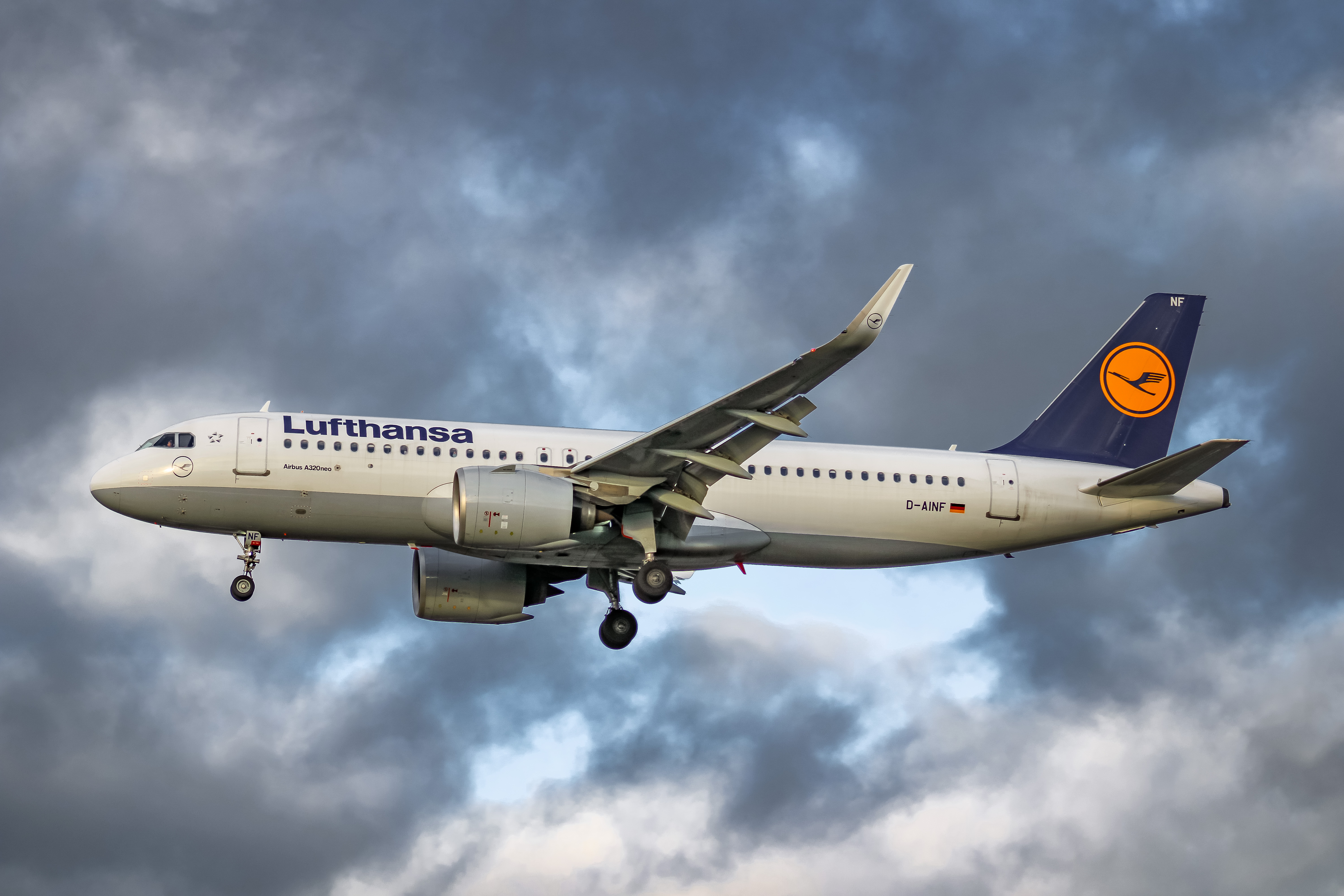In 2004, the European Commission (EC) put forward the Single European Sky (SES) initiative to combat the increasingly fragmented system of European airspace division.

At the time, numbers estimated that the proposal could increase total airspace capacity by 300%, reduce costs for all airlines as a result of flying fewer unnecessary miles and lower personnel costs, and reduce total emissions by 10%. This sounds terrific for the industry, but what exactly does the Initiative entail, and what will it change about European airspace? Without going into the complicated minutiae and jargon, I explain the Initiative below.
While the Initiative was put forward in 2004, many of the ambitious goals and improvements have not been implemented yet. Indeed, some of the first common requirements were established in 2004 including regulations that laid down the framework for the creation of such an initiative and regulations that dictated how airspace would be used within an initiative, but no true large-scale policy has been implemented following the initial frameworks.
Put simply, the Initiative aims to improve Air Traffic Management (ATM) by establishing a strong regulatory framework involving institutions, operations, technology, and supervision to boost the efficiency, safety, and performance of airspace across the European Union (EU). The idea for such an Initiative stems from the problems currently plaguing European airspace: delays, congestion, emissions, and safety.
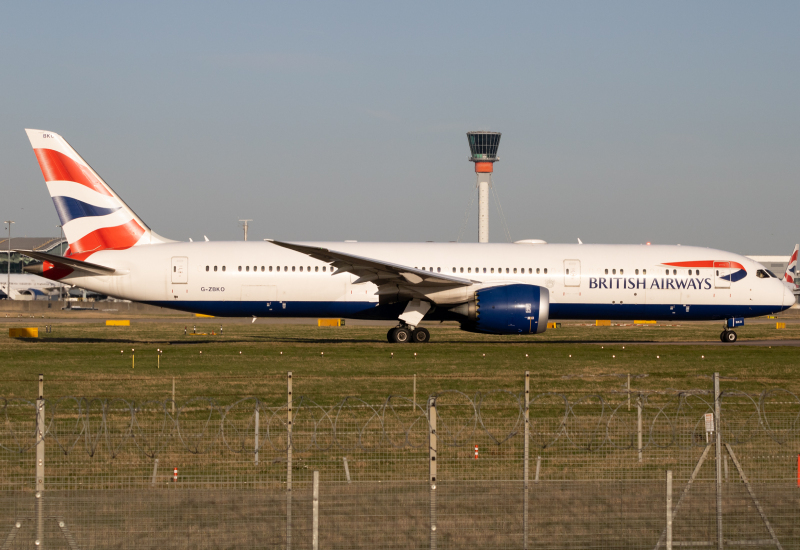
At present, EU airspace is significantly fragmented with 27 different airspace jurisdictions, and air traffic is largely managed by each individual member country. Beyond that, certain sections of airspace are sectioned off for military purposes only, but most of the time the airspace is unused, which means that airlines are frequently making unnecessary flight path deviations adding time and fuel to the journey.
The initiative would implement sweeping changes, including:
- Moving airspace borders from the current national border system to a system of functional airspace blocks. The European Commission refers to these as Functional Airspace Blocks (FABs). FABs are implemented in an effort to defragment the airspace borders that lead to delays. Under the current airspace system, flight plans are upwards of 30 miles longer than they would be under the Initiative.
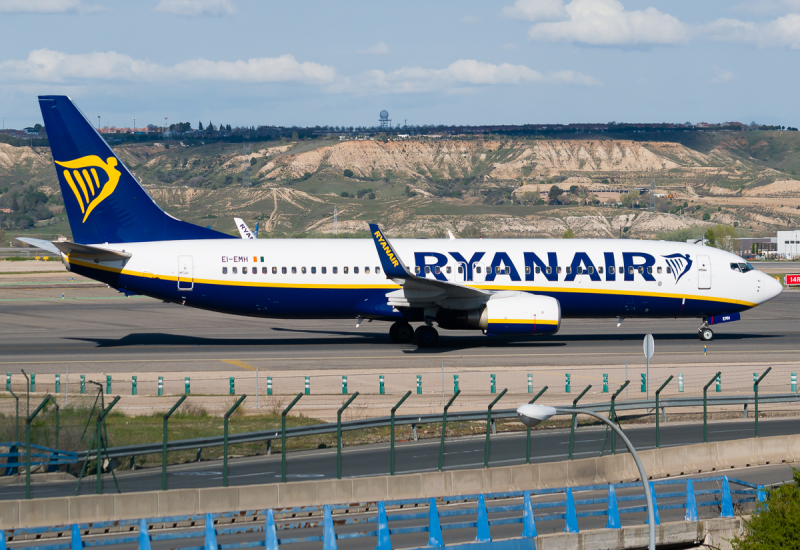
Performance schemes set by the European Commission - binding performance metrics covering safety, emissions, and capacity are set to judge airlines by:
- The metrics and achievement levels monitored by a performance review body to better regulate airlines meeting/not meeting the thresholds.
- Better use of a metric manager, which currently is EUROCONTROL. Ideally, the SES will centralize operations to EUROCONTROL further than what presently exists.
- The proliferation of the SESAR (Single European Sky ATM Research) Joint Undertaking. Since 2008, the EU has undertaken an extensive research phase in technology in the lead-up to the large-scale installation of the new system. Deployment of the new system will not be completed until 2035 at the earliest.
Of note, though, is that some improvements have been seen from small components of the SES coming to fruition. As pieces of the framework have been added over the years, European airspace has seen improvements as a result of greater collaboration between Air Service Navigation Providers; en-route delays spurred by Air Traffic Management inefficiencies have decreased from an average of nearly 1.5 minutes per flight in 2008 to 52 seconds per flight in 2016. The EC is aiming for 30 seconds of delays en route as a maximum in the coming years.
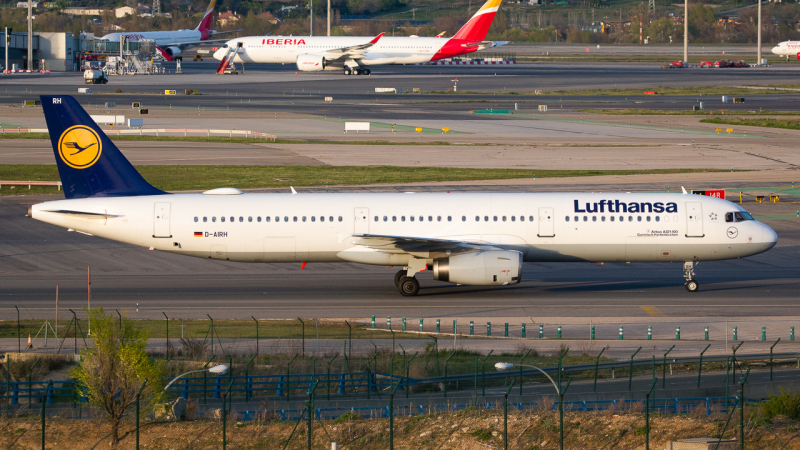
There are a number of environmental benefits associated with the proposal. KLM has estimated that the Initiative may cut CO2 emissions by up to 10%, and according to the IATA (International Air Transport Association), the Initiative can reduce annual fuel costs for airlines by 5.5 billion euros. The EU economy would also benefit as well; GDP increases as a result of the Initiative are forecasted at 245 billion euros, with 1 million jobs added on an annual basis beginning in 2035.
On the safety side, estimates forecast an improvement in safety performance by a factor of 10.
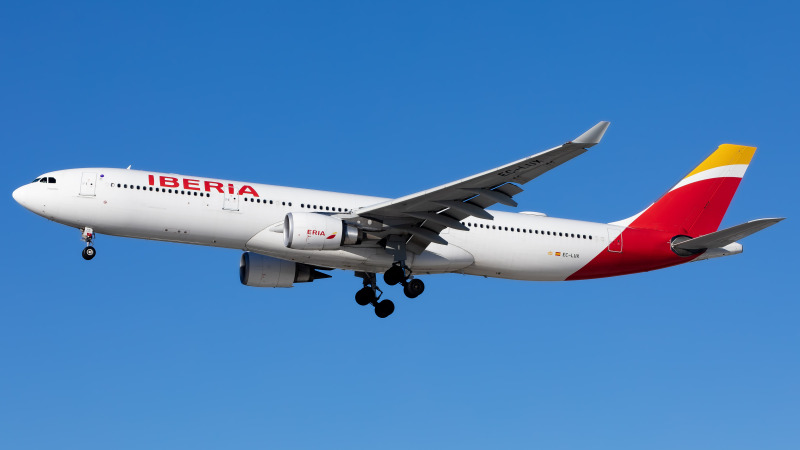
Momentum for the Initiative has been slowly building as indicated by the lengthy timeline, but over the last three years there has been greater positive sentiment from airlines and politicians that the Initiative will move forward with the ambitious goals.
In 2020, the EU adopted a revised “SES2+” framework that offered updates to how air traffic data can be used by airlines, among numerous other provisions. This had been in the works since the early 2010s. Further, airline CEOs at a recent Airlines for Europe (A4E) conference overwhelmingly called on the EC to go ahead with SES initiatives.
The next few years will be crucially important for the EU as they progress towards a fully-realized SES.
Export Development Canada Secures Aircraft Repossession in Nigeria Under Cape Town Convention » Could You Survive a Plane Crash? The Unlikely Science of Plane Crash Survival » Thousands of Flights Impacted as Winter Storm Blair Hits U.S. »
Comments (0)
Add Your Comment
SHARE
TAGS
INFORMATIONAL EU EC Single European Sky SES EuropeRECENTLY PUBLISHED
 Could You Survive a Plane Crash? The Unlikely Science of Plane Crash Survival
With air travel consistently being heralded as the safest form of public transport, most of us do not board a plane pondering our chances of survival in the event of a crash. But, is it possible to survive one?
INFORMATIONAL
READ MORE »
Could You Survive a Plane Crash? The Unlikely Science of Plane Crash Survival
With air travel consistently being heralded as the safest form of public transport, most of us do not board a plane pondering our chances of survival in the event of a crash. But, is it possible to survive one?
INFORMATIONAL
READ MORE »
 Maldivian Airlines Introduces First-Ever Widebody Aircraft, Plans New China Flights
Maldivian, the government-owned national airline of the Maldives, has just welcomed its first-ever wide body aircraft: the Airbus A330-200. With the new aircraft, the carrier also plans brand-new long haul international flights to China.
NEWS
READ MORE »
Maldivian Airlines Introduces First-Ever Widebody Aircraft, Plans New China Flights
Maldivian, the government-owned national airline of the Maldives, has just welcomed its first-ever wide body aircraft: the Airbus A330-200. With the new aircraft, the carrier also plans brand-new long haul international flights to China.
NEWS
READ MORE »
 Thousands of Flights Impacted as Winter Storm Blair Hits U.S.
Winter Storm Blair has unleashed a huge blast of snow, ice, and freezing temperatures across the Central and Eastern United States.
As of Sunday afternoon, over 6,700 flights and counting have been disrupted. This includes cancelations and significant delays leaving passengers scrambling to change flights and adjust travel plans.
NEWS
READ MORE »
Thousands of Flights Impacted as Winter Storm Blair Hits U.S.
Winter Storm Blair has unleashed a huge blast of snow, ice, and freezing temperatures across the Central and Eastern United States.
As of Sunday afternoon, over 6,700 flights and counting have been disrupted. This includes cancelations and significant delays leaving passengers scrambling to change flights and adjust travel plans.
NEWS
READ MORE »



